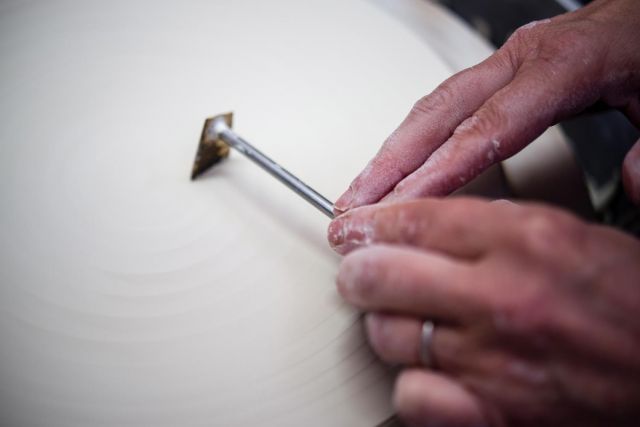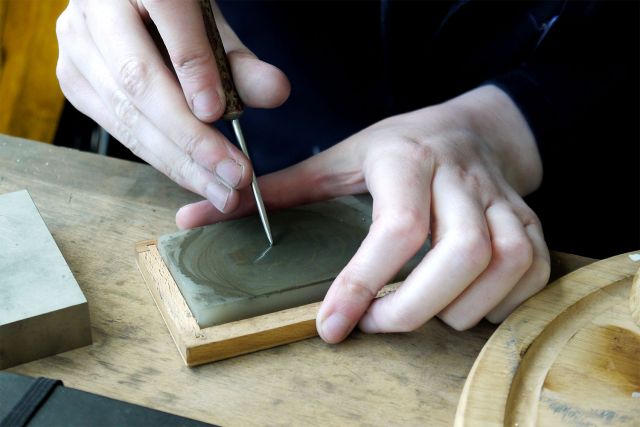This gold coloured, handcrafted textile wall piece captures a fleeting moment when two flying birds seem to speak to one another in mid-air. Flora and fauna are a regular source of inspiration for Helen, in particular the geometry, pattern and repetition found within nature. This artwork is part of a private collection in Thailand.
Length 106 cm
Width 171.5 cm
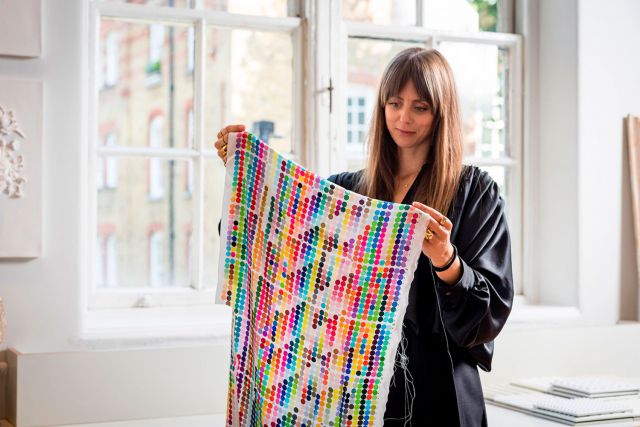
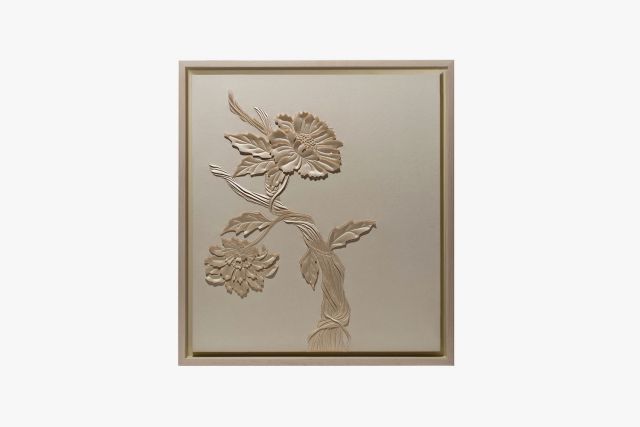
 17-01-27-rolls-royce-792 crop∏All rights reserved.jpg.jpeg)
 17-01-27-rolls-royce-762∏All rights reserved.jpg.jpeg)
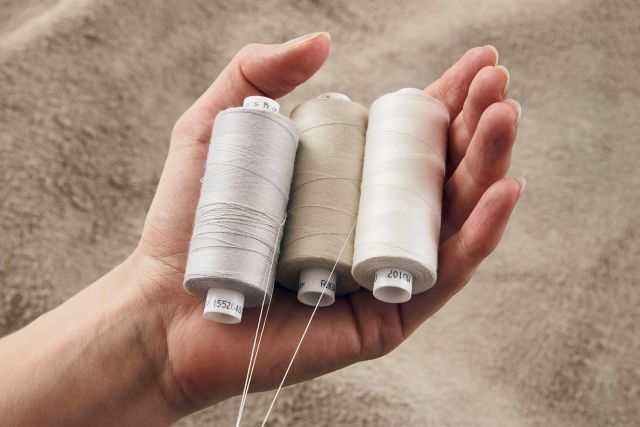
Helen Amy Murray
- Textile sculptor
- London, United Kingdom
- Master Artisan
By appointment only
+44 2076131511
Striking sculptural textiles
- • Helen won the Oxo Peugeot Design Award in 2003
- • She designs and creates three dimensional textiles
- • She handcrafts installations for renowned brands
Helen Amy Murray’s sculpted, textile surfaces and artworks can be found in prestigious residences, multi-starred hospitality ventures and flagship stores around the world. Since launching her eponymous studio in 2003, she has been sought after by interior designers and architects keen to harness the wow factor of her work. Having originally studied textile design, she perfected her own three dimensional technique while still at college, which led directly to a private upholstery commission with Lady Aliai Forte. Her first wall covering attracted the attention of Candy & Candy. “They commissioned a 5 metre-wide city skyline in chocolate brown silk for a cinema room, which in turn led to private commissions,” recounts Helen.
Read the full interviewWorks
Photo: © Marcos Bevilacqua

Photo: © Tom Kurek
This set of 14 chairs was created for a private client in Poland. Helen upholstered the chairs with intricately sculpted fabric recreating the look and texture of fish scales. Chairs are central to Helen’s work; she started out reupholstering chairs before developing her three-dimensional wall surfaces.
Height 93 cm
Width 57 cm

Photo: © Marcos Bevilacqua
This piece was created using vegetable-tanned leather and reflective fabric appliqué, it features a large rose plant with subtle differences in relief. Flora and fauna are a regular source of inspiration for Helen, in particular the geometry, pattern and repetition found within nature. The artwork is part of a private collection in Australia.
Height 188.9 cm
Width 157.4 cm

Photo: © Eric Laigne
This wall piece was commissioned for the lobby of the St. Regis Hotel in Aspen, US. Helen enlarged and adapted her original Autumn design to include aspects of symmetry. Flora and fauna are a regular source of inspiration for Helen, in particular the geometry, pattern and repetition found within nature.
Height 141 cm
Width 352 cm






